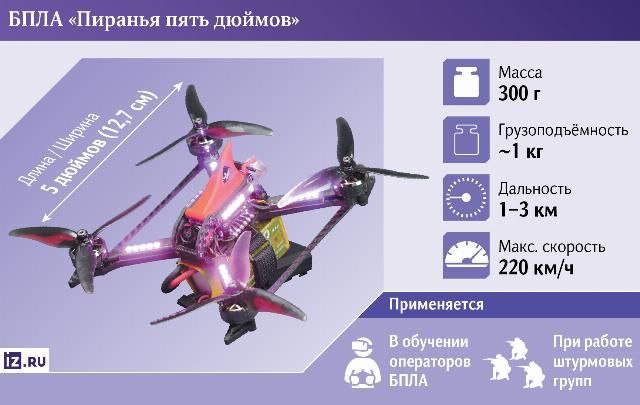When assessing the rates of first-person-view (FPV) drone production in Ukraine or russia, we shouldn't forget that a portion of them is spent without ever reaching the battlefield — during the training of rookie pilots at drone schools. Drones crash, wear, and eventually need replacement, inevitably pulling some of the stock.
To make it more economical, russian design bureau Piranya came up with the Piranya-5 (Piranha-5) FPV drone positioned as a "trainer-and-combat" unit. Its primary role is to help operators learn the ropes of piloting an FPV, and apparently, it is already produced in batches, as reported by russian media earlier this month.
Read more: New Danger to Kharkiv: russia’s Molniya Drones Bring Faster and Broader Threat

The concept stems from the demand for simple and preferably cheap FPV drones to supply drone schools instead of sending them the same models as those used on the battlefield. Compact dimensions also allow the pilots to practice in less spacious surroundings.
Despite its size, russians say it has all a drone needs for training and acts as intermediate-level equipment helping the operator to adapt before taking control of other unmanned platforms.
Piranya-5 is five inches (12.7 cm) long and wide, it weighs 300 grams. As the manufacturer declares, the drone can fly at speeds up to 220 km/h (~137 mph). Its payload capacity is 1 kilogram, and it can lift enough batteries to fly 1 to 3 km to assist in assault missions on the frontline.

In summary, Piranya-5 belongs to the "pocket drone" class, much like the American Black Hornet nano-drone but cheaper, less technological, and a few times larger which comes with both advantages and drawbacks.
Read more: Indigenous Shmavic Drone is About to Hit Ukrainian Forces, Except It's Nothing Like Mavic At All














